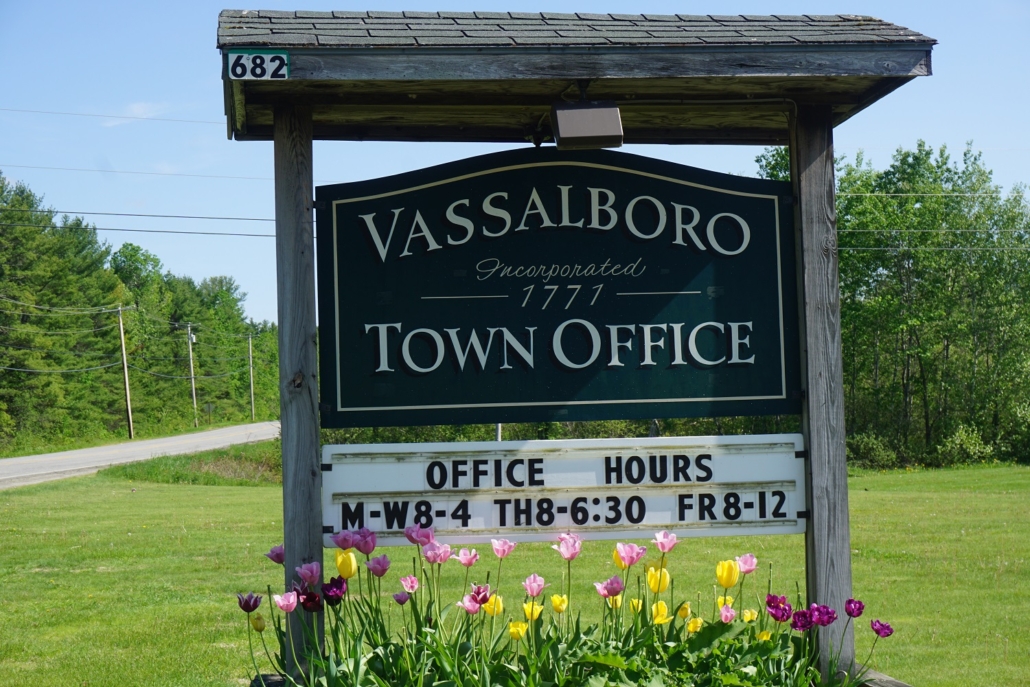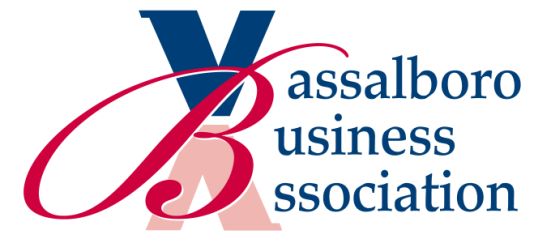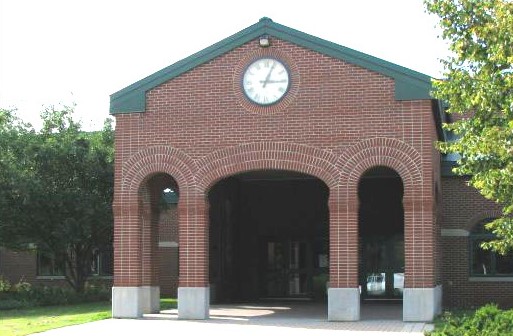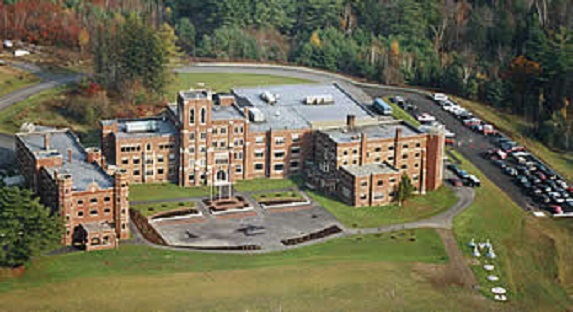ICE OUT 2022? Take a guess. Win a prize!
 SEND US YOUR BEST ICE OUT GUESS FOR 2022
SEND US YOUR BEST ICE OUT GUESS FOR 2022
Write down your best guess (one per person) and send it to The Town Line, PO Box 89, South China, ME 04358, or email us at townline@townline.org with the subject “ICE OUT 2022“. If more than one person guesses the correct date, a drawing will be held to determine the winner. Get your guess to The Town Line office by noon, Friday, March 18, 2022.
Email: townline@townline.org. Or use our Contact Us page!
PRIZE: To be determined
The records below, of ice out dates on China Lake, were provided by China residents Bill Foster, Captain James Allen and Theresa Plaisted.
Bill Foster brought in the ice out dates from 1874 to 1883. They came from a 215-page log/diary. In the log/diary are recorded the comings and goings from 1870 to 1883 of the F. O. Brainard Store, as well as personal notations of special and everyday events.
Captain James Allen brought in the ice out dates from 1901 to 1948. They had been recorded on the outhouse wall of the old Farnsworth house, also located in China Village.
Theresa Plaisted brought in the ice out dates from 1949 to 1991. She explained to us that a friend and neighbor, Ben Dillenbeck, had kept the record on his cellarway wall until his death on December 12, 1987.
Theresa transcribed Mr. Dillenbeck’s record and has kept the record up to date ever since.
This year, we will be checking China Lake to determine the official date for “Ice Out” in 2020. We will not be looking in hard-to-access areas for that very last crystal to melt, so the definition of “Ice Out,” for the purpose of this contest, is: “When, to the best judgment of the assigned viewer, the surface of the lake appears to be free of ice.” The judge’s decision is final.
Can you guess the day The Town Line declares China Lake free of ice?
Ice Out dates for the last 148 years!
1874 – April 22
1875 – May 6
1876 – April 30
1877 – April 16
1878 – April 12
1879 – May 3
1880 – April 21
1881 – April 19
1883 – April 29
1901 – March 27
1921 – March 28
1932 – April 27
1933 – April 20
1934 – April 19
1935 – April 25
1936 – April 4
1937 – April 20
1938 – April 20
1939 – May 4
1941 – April 16
1945 – April 2
1947 – April 12
1948 – April 8
1949 – April 6
1950 – April 14
1951 – April 9
1952 – April 19
1953 – March 19
1954 – April 19
1955 – April 13
1956 – April 27
1957 – April 10
1958 – April 16
1959 – April 22
1960 – April 21
1961 – April 30
1962 – April 20
1963 – April 22
1964 – April 21
1965 – April 18
1966 – April 18
1967 – April 29
1968 – April 13
1969 – April 23
1970 – April 23
1971 – April 30
1972 – May 1
1973 – April 8
1974 – April 2
1975 – April 23
1976 – April 11
1977 – April 18
1978 – April 21
1979 – April 12
1980 – April 10
1981 – March 18
1982 – April 22
1983 – April 1
1984 – April 17
1985 – April 6
1986 – April 8
1987 – April 6
1988 – April 6
1989 – April 22
1990 – April 11
1991 – April 8
1992 – April 15
1993 – April 21
1994 – April 20
1995 – April 9
1996 – April 5
1997 – April 23
1998 – April 9
1999 – April 2
2000 – April 4
2001 – April 27
2002 – April 6
2003 – April 21
2004 – April 14
2005 – April 16
2006 – March 26
2007 – April 23
2008 – April 17
2009 – April 11
2010 – March 19
2011 – April 17
2012 – March 21
2013 – April 6
2014 – April 19
2015 – April 22
2016 – March 15
2017 – April 17
2018 – April 23
2019 – April 12
2020 – March 27
2021 – March 30
2022 – ?????



 Pike
Pike



